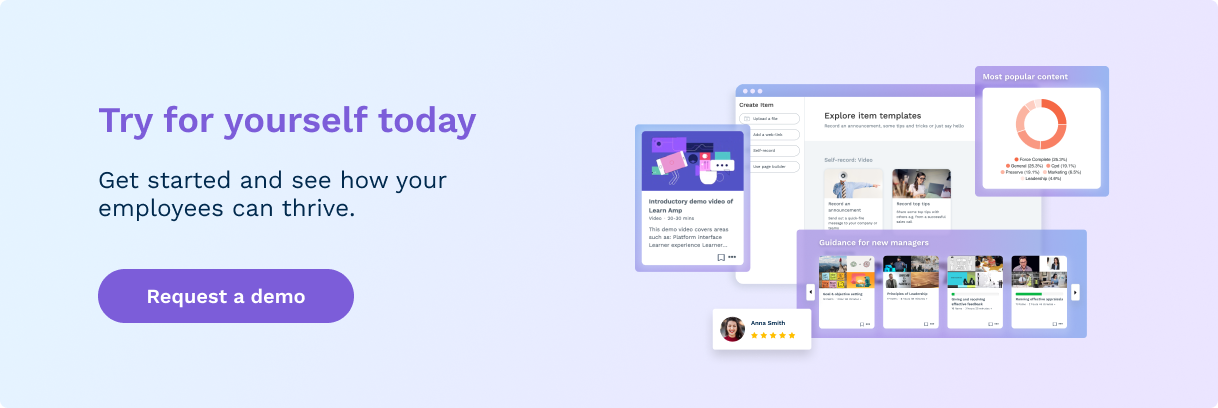Personal Development Pathways (PDPs) as individual plans for self-improvement are far more effective than traditional promotion hierarchies. Rather than setting up hurdles to hold people back, PDPs make clear how to achieve career and personal development goals. They focus as much on the means to get there as the end goal - a pathway to success rather than a trial.
PDPs should incorporate self-reflection on goals, strengths and weaknesses, as well as plans for self-improvement. This encourages individuals to think about what their short and longer term goals are, their strengths and weaknesses, and what they need to do to achieve their ambitions.
Structuring career development around PDPs sets out clear plans for progression, avoiding the frustration of unachievable or missed goals. And by focusing on development in a broader sense, and on goals that they have set themselves, employees are more engaged and motivated.
PDPs…result in higher employee engagement
60% of millennials value professional learning and development opportunities over regular pay rises. Even more (69%) say that career progression is necessary to keep them engaged at work.
Employees expect to work with multiple employers over their lifetime, so building their employability is a big sell. That might be a bitter pill to swallow, but the more you meet that employee demand, the more productive and engaged your people will be.
PDPs…improve employee retention
It also means that employees are likely to stay with you for longer, reducing the overall costs associated with employee churn. 20% of employees leave their role for better career development opportunities elsewhere – PDPs mitigate that risk.
PDPs…maximise talent and develops skills
As business demands change ever more rapidly, so too do the skills that employees need. Insurance giant AXA estimates that by 2020, 50% of their existing jobs will require significant changes in skill sets. That’s two years from now! They’re tackling the problem with an investment in training but only 11% of businesses say that they plan to provide training or reskilling to existing employees to meet changing business needs over the next year.
PDPs…develop future leaders
Developing skills, leaders and succession planning is the biggest concern of HR leaders. Personal Development Plans not only keep your top talent with you for longer, but enable you to actively develop the leaders of the future.
What you put in to your team, you get out – and the time and effort invested in PDPs will pay dividends well into the future.
A good Personal Development Plan starts with a great onboarding. To find out how to start in style, download our white paper "Onboarding best practice".

|


.jpg)

